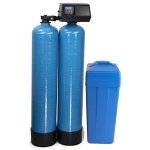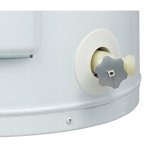The exhaust pipe on Rinnai R75LS.
by Lyda
(Riverdale, Georgia)
We are currently finishing up a new construction of our ranch home. Within our home we had a R75LS Rinnai water heater installed in our master bedroom closet. My question is that on the outside of the home the exhaust pipe is sticking out, which I understand we have to have. However what I would like to know is can this pipe be cut to where it is not so long sticking out?? Thank you
Comments for The exhaust pipe on Rinnai R75LS.
|
||
|
||
|
Click here to add your own comments Join in and write your own page! It's easy to do. How? Simply click here to return to Rinnai. |


